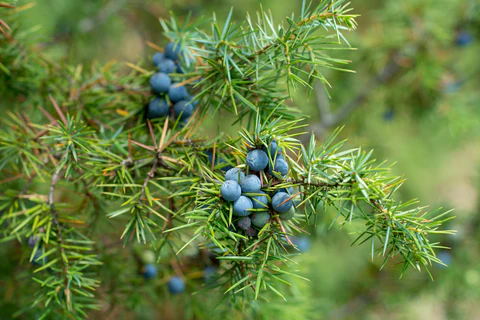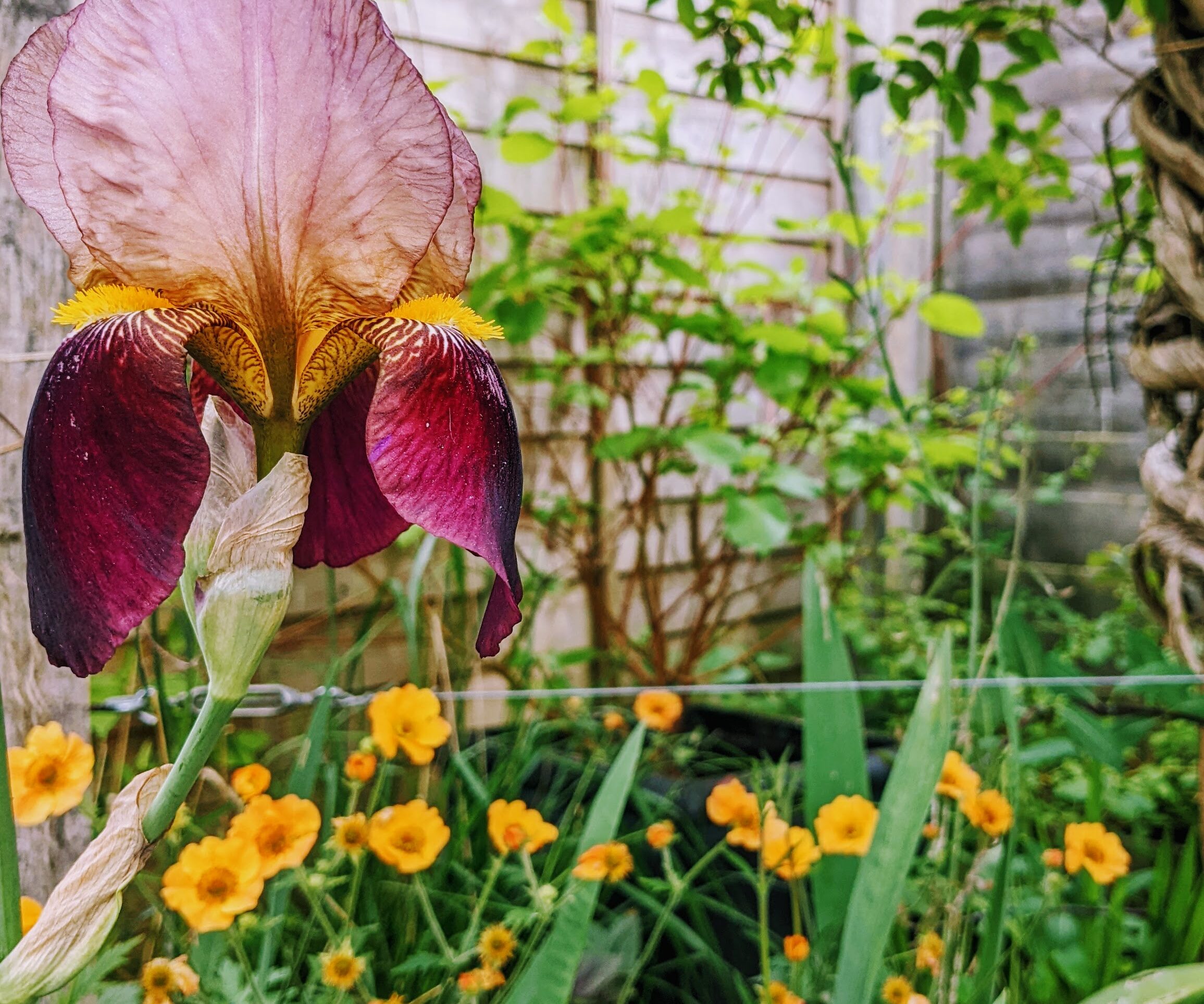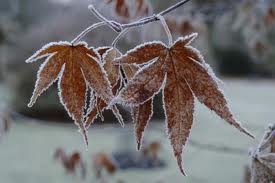 Winter is well and truly upon us and has brought the bitter cold and harsh frosts. During this time the garden can become quite dormant and very little happens. Whilst the weather is like this winter gardening can become very difficult as there is risk of causing more damage to plants then good.
Winter is well and truly upon us and has brought the bitter cold and harsh frosts. During this time the garden can become quite dormant and very little happens. Whilst the weather is like this winter gardening can become very difficult as there is risk of causing more damage to plants then good.
When the weather becomes frosty, there are certain things to avoid whilst in the garden;
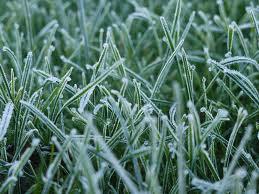 Avoid walking on lawns when it’s frosted, the grass blades are literally frozen. Any activity on the lawn while it is frosty, like walking will “break” the grass blade and damage the lawn. It will recover eventually, but it may not fully bounce back until the following spring.
Avoid walking on lawns when it’s frosted, the grass blades are literally frozen. Any activity on the lawn while it is frosty, like walking will “break” the grass blade and damage the lawn. It will recover eventually, but it may not fully bounce back until the following spring.- The same applies to mowing lawns. Avoid mowing the lawn during frost periods, the growth rate would have slowed down and therefore it is not essential. If a lawn is mowed when it is frosty it can cause damage which can include blackening of the grass blades.
- Avoid pruning shrubs when the weather is frosty. This will help prevent die-back. Pruning needs to be done in autumn or early spring when the weather is a bit milder.
- Avoid planting if the ground is frozen. New plants are unlikely to be able to survive and adapt to their new surroundings if the ground is frozen.
Although there are jobs that should be avoided during frosty conditions, there are still a few tasks that you can do to help your garden look good throughout winter and ready for spring.
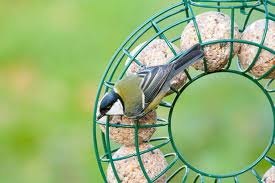 If the ground isn’t frozen then you can still weed, this is the perfect time of year to get on top of weeds.
If the ground isn’t frozen then you can still weed, this is the perfect time of year to get on top of weeds.- Try to keep ponds and water features from freezing over. Moving water doesn’t freeze easily, so keep fountains or waterfalls continuously running throughout the winter.
- Create winter structures to help prevent from the frost.
- Provide feed for the birds.
- Keep clearing leave off patios and decks to avoid them becoming slippery and a hazard.
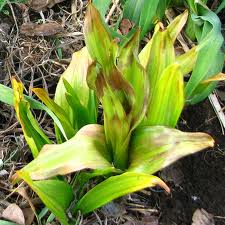 The cold weather can cause water damage in the plants, when the water freezes it can cause damage to cell walls. Frost-damaged plants are easy to spot; they become limp, blackened and distorted. Evergreen plants with frost damage will turn brown. Those plants that are facing the morning sun are more likely to suffer from water damage as the heat causes the frost to melt too quickly which can cause the cell walls to become ruptured.
The cold weather can cause water damage in the plants, when the water freezes it can cause damage to cell walls. Frost-damaged plants are easy to spot; they become limp, blackened and distorted. Evergreen plants with frost damage will turn brown. Those plants that are facing the morning sun are more likely to suffer from water damage as the heat causes the frost to melt too quickly which can cause the cell walls to become ruptured.
There are ways to minimise frost damage to your garden during these times of frost;
- Evergreen plants will benefit from a layer of mulch at their base. This will prevent the soil from becoming frosted; therefore this will allow them to take up moisture during periods of cold weather.
- Grow tender plants in pots so they can be moved inside during bad weather.
- Place pots on pot feet to prevent them from becoming waterlogged.
- Plants that are trained against walls or are tender plants growing in the open ground can be protected with a simple fleece-covered frame.
- Ferns and palms should be insulated by wrapping them in layers of fleece or hessian stuffed with straw.
- Leave the old growth of tender plants unpruned over the winter months, this will help protect the central crown of the plant from being damaged by frost.
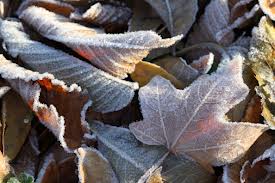 Do not automatically give up on a plant that has been frost damaged. Many plants can be surprisingly resilient and may well rejuvenate from dormant buds at or below soil level. This takes time so recovery may not be seen until early summer.
Do not automatically give up on a plant that has been frost damaged. Many plants can be surprisingly resilient and may well rejuvenate from dormant buds at or below soil level. This takes time so recovery may not be seen until early summer.
Remember that although there may not be that much to do in the garden during the winter months it is the perfect time to start planning for next year.

